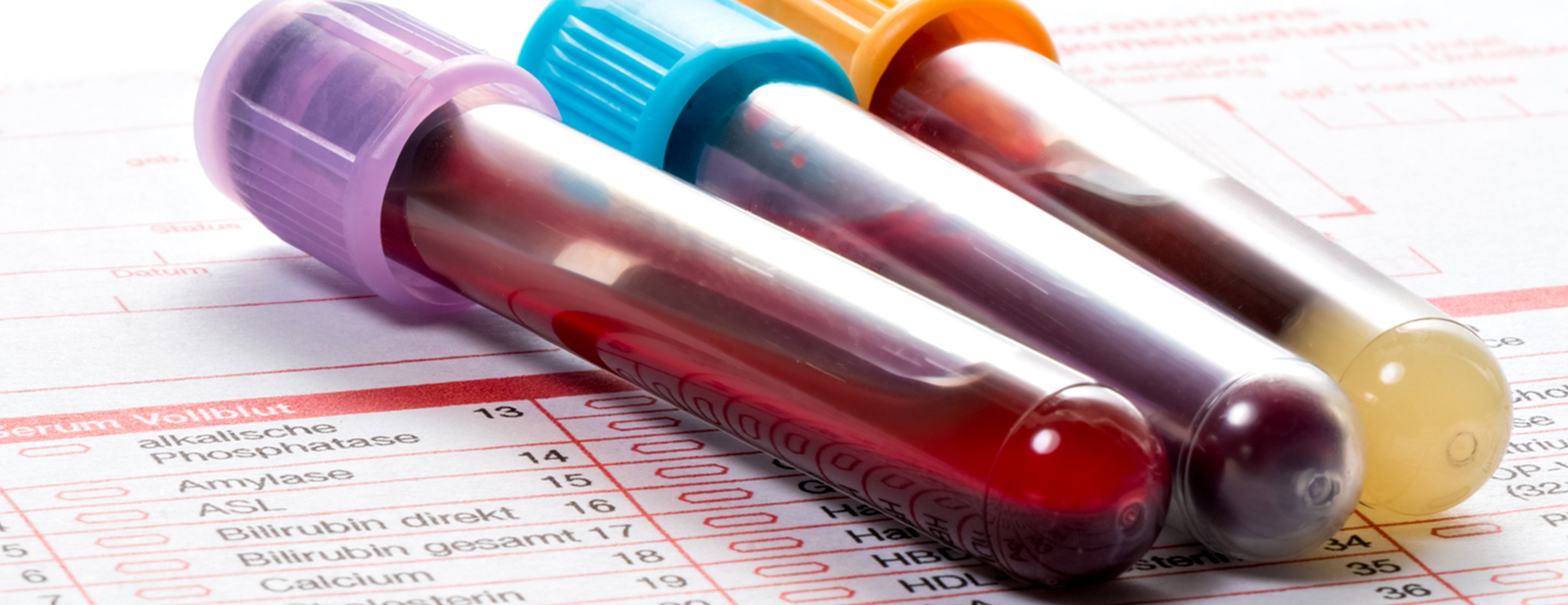
Parathyroid hormone-related protein blood test
Definition
The parathyroid hormone-related protein (PTH-rP) test measures the level of a hormone in the blood, called parathyroid hormone-related protein.
Alternative Names
PTHrp; PTH-related peptide
How the Test is Performed
A
How to Prepare for the Test
No special preparation is necessary.
How the Test will Feel
When the needle is inserted to draw blood, some people feel moderate pain. Others feel only a prick or stinging sensation. Afterward, there may be some throbbing or slight bruising. This soon goes away.
Why the Test is Performed
This test is done to find out whether a
Normal Results
No detectable (or minimal) PTH-like protein is normal.
Women who are breastfeeding may have detectable PTH-related protein values.
Normal value ranges may vary slightly among different laboratories. Some labs use different measurements or may test different specimens. Talk to your health care provider about the meaning of your specific test results.
What Abnormal Results Mean
An increased level of PTH-related protein with a high blood calcium level is usually caused by cancer.
PTH-related protein can be produced by many different kinds of cancers, including those of the lung, breast, head, neck, bladder, and ovaries. In about two thirds of people with cancer who have a high calcium level, a high level of PTH-related protein is the cause. This condition is called humoral hypercalcemia of malignancy (HHM) or paraneoplastic hypercalcemia.
Risks
There is little risk involved with having your blood taken. Veins and arteries vary in size from one person to another, and from one side of the body to the other. Taking blood from some people may be more difficult than from others.
Other risks associated with having blood drawn are slight, but may include:
- Excessive bleeding
- Fainting or feeling lightheaded
- Multiple punctures to locate veins
- Hematoma (blood accumulating under the skin)
- Infection (a slight risk any time the skin is broken)
References
Bringhurst FR, Demay MB, Kronenberg HM. Hormones and disorders of mineral metabolism. In: Melmed S, Auchus, RJ, Goldfine AB, Koenig RJ, Rosen CJ, eds. Williams Textbook of Endocrinology. 14th ed. Philadelphia, PA: Elsevier; 2020:chap 29.
Thakker RV. The parathyroid glands, hypercalcemia and hypocalcemia. In: Goldman L, Cooney KA, eds. Goldman-Cecil Medicine. 27th ed. Philadelphia, PA: Elsevier; 2024:chap 227.
Review Date: 05/12/2023
The information provided herein should not be used during any medical emergency or for the diagnosis or treatment of any medical condition. A licensed physician should be consulted for diagnosis and treatment of any and all medical conditions. Call 911 for all medical emergencies. Links to other sites are provided for information only -- they do not constitute endorsements of those other sites. Copyright ©2019 A.D.A.M., Inc., as modified by University of California San Francisco. Any duplication or distribution of the information contained herein is strictly prohibited.
Information developed by A.D.A.M., Inc. regarding tests and test results may not directly correspond with information provided by UCSF Health. Please discuss with your doctor any questions or concerns you may have.





